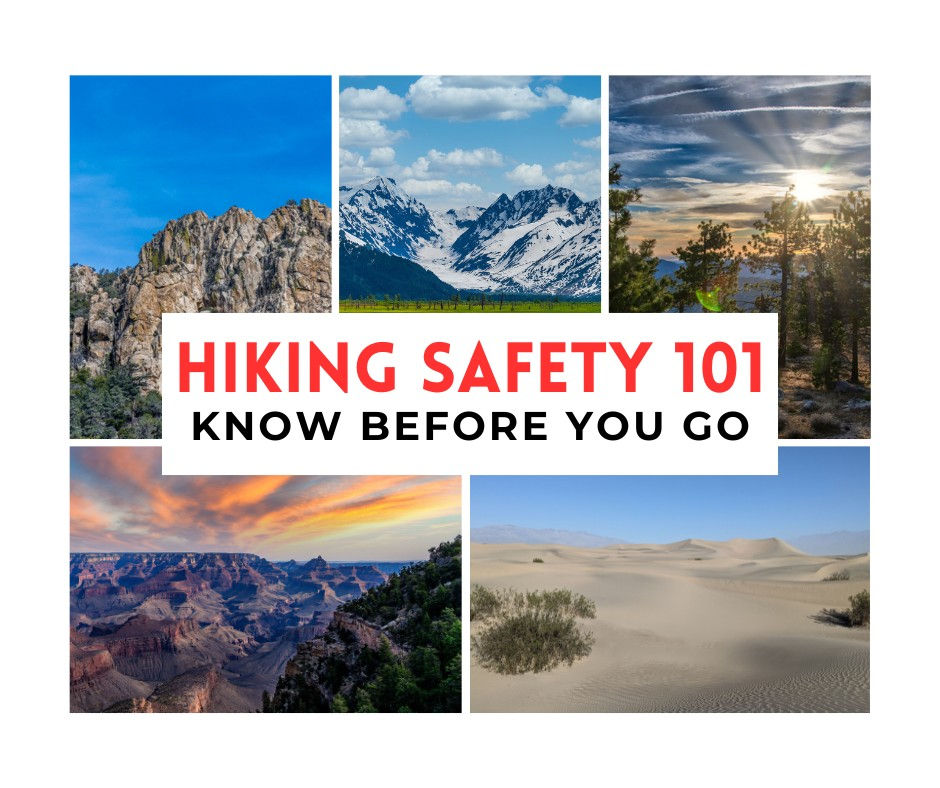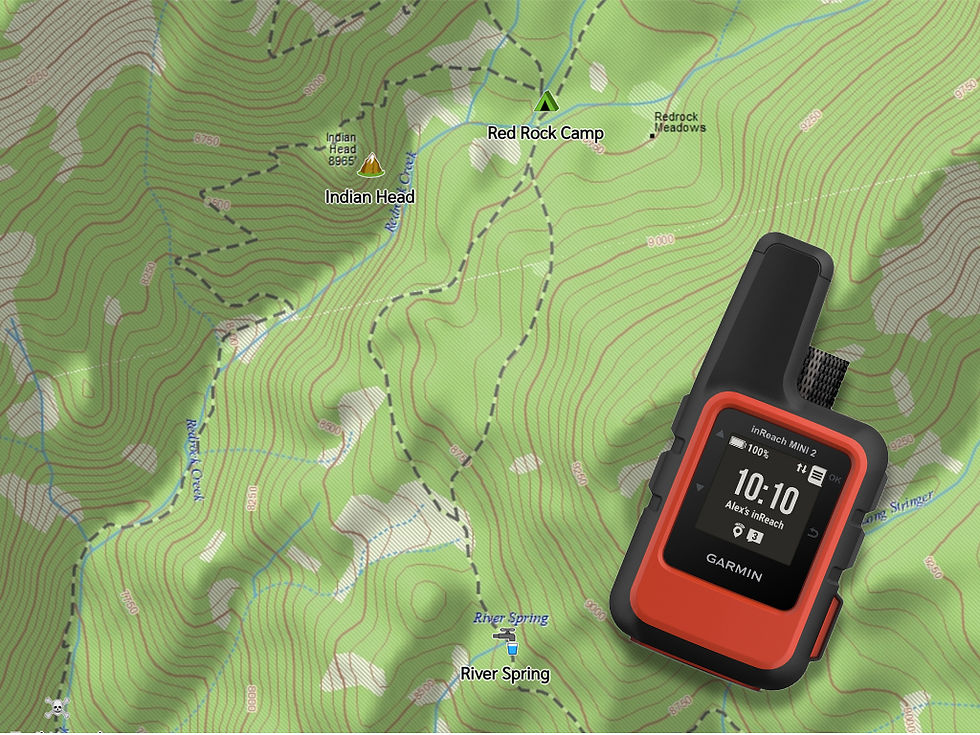Hiking Safety 101: Know Before You Go
- Dale Lauterback

- Aug 2
- 3 min read
Updated: Aug 11

There’s nothing like the freedom of hitting the trail, breathing fresh air, and immersing yourself in nature. However, before you lace up your boots and head off into the wilderness, preparation is crucial to ensuring your adventure doesn’t take an unexpected turn. Every year, countless hikers get into dangerous situations that could have been avoided with a little pre-trip planning. Whether you’re going for a short day hike or a multi-day trek, here’s a list of essential things you should do before you go to stay safe and make the most of your time outdoors.
Know Before You Go: Pre-Hike Safety Checklist
1. Know the Area
Research your destination thoroughly. Learn about the trail conditions, elevation changes, difficulty level, and potential hazards like wildlife, steep drop-offs, or river crossings. Check for any trail closures, weather alerts, or permit requirements. Keep in mind that areas can change with weather conditions.
2. Carry and Understand Maps
Always bring a physical topographic map of the area—not just a GPS or phone app. Electronic devices can fail in remote areas due to dead batteries or lack of signal. Learn how to read contour lines, symbols, and scale so you can navigate with confidence.

3. Check the Weather Forecast
Look up the latest weather conditions before your hike and keep in mind that mountain and wilderness weather can change quickly. Knowing what to expect helps you pack the right gear and avoid getting caught in dangerous weather.
4. Tell Someone Your Plan
Let a trusted friend or family member know your hiking route, expected return time, and who to contact if you don’t check in. If something goes wrong, this could be crucial for search and rescue teams. Some GPS units can transmit location and simple text messages.
5. Pack the 10 Essentials
These include navigation (map & compass), sun protection, insulation (extra clothing), illumination (headlamp/flashlight), first-aid supplies, fire starter, repair kit and tools, food, extra water, and emergency shelter. Don’t skimp on these, even on short hikes.
6. Know Your Limits
Be honest about your physical fitness and skill level. Overestimating your ability is a common cause of hiking injuries and rescues. Choose a trail that matches your experience and take breaks often.

7. Brush Up on First Aid and Survival Skills
Knowing basic first aid, how to signal for help, and how to purify water can be life-saving in an emergency. A quick wilderness safety course or YouTube tutorial can go a long way.
8. Bring a Backup Navigation Tool
A compass, GPS unit, or fully-charged phone with offline maps can help, but always have a backup. If you’re relying on an app, make sure you’ve downloaded the maps for offline use and set up waypoints for water sources, hazards, and most of all where you parked your car.

9. Dress for the Terrain and Conditions
Wear proper hiking boots or trail shoes, and dress in layers to manage temperature changes. Avoid cotton clothing, as it traps moisture and can increase your risk of hypothermia.
10. Be Wildlife Aware
Learn what animals live in the area and how to respond if you encounter one. Carry bear spray if recommended, and always keep food stored properly to avoid attracting animals. If you do come across wildlife, keep your distance.

Preparedness is more than just bringing gear—it's a mindset. The more you know before you go, the better your chances of staying safe, confident, and ready to enjoy everything the trail has to offer. So plan smart, stay alert, and make your next hike a great one.
The photographs contained in this website may not be reproduced without the express consent of Shutter Bison.










Comments